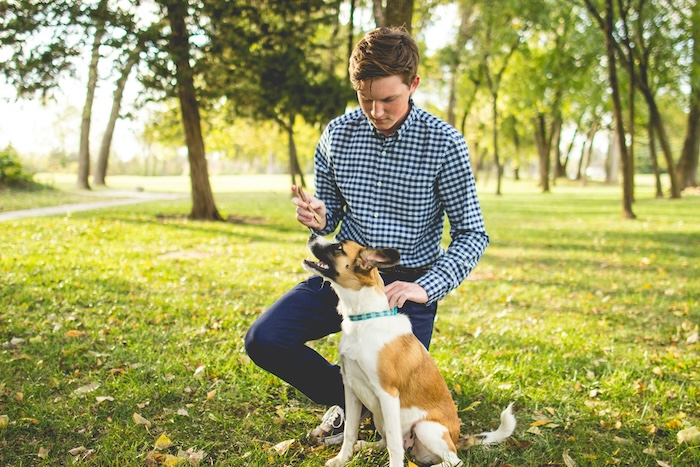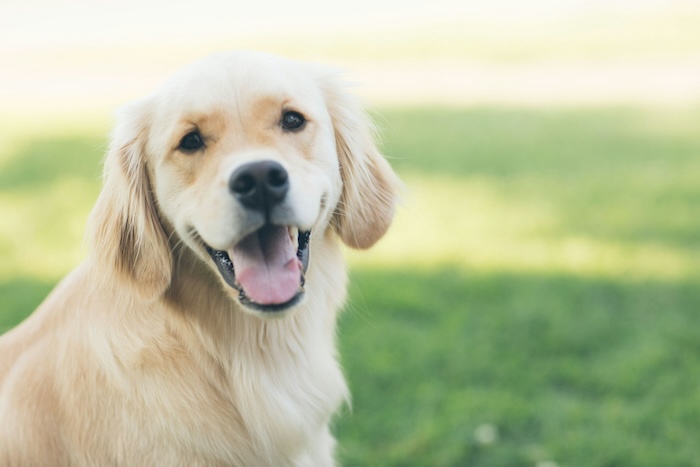It brings a great feeling when you welcome a furry friend into the family. Unconditional love and fantastic companionship make a home look lively and fun. With such benefits also comes some fair share of responsibilities, including instilling good behavior. As a responsible pet owner, consider developing ways of sharpening the dog’s behavior continuously. Here are practical tips to consider and have a well-behaved, friendly pet.

Positive Reinforcement Training
Adopting a reward system benefits your dog by encouraging them to do the right thing. For the positive reinforcement approach to work, it’s crucial to have a well-laid plan on which commands to prioritize and what you expect from the furry friend. This will act as your guiding light, letting you know when the pat on the back will happen.
This also means refraining from punishment when the dog behaves against the plan. It helps them feel loved, preventing fear, anxiety, or aggressive behavior. The good thing with the approach is that it creates more bonding between you and the pet while promoting better conduct. For everything to run smoothly, getting the timing right is essential. Focus on the times when the dog is most active, and you have plenty of time for the training.
Remember, you can get assistance and more insights online. Target the platforms with comprehensive details on how to raise and keep furry friends. It will help provide dog training tips to incorporate into your care routine. Target sites with well-researched to assure you of quality assistance. The best websites will also be more regular with the posting of content.
Regular Vet Checkups
These visits let the vet monitor your pet’s health, catch issues before they worsen, and give shots and prevention treatments. At these appointments, your dog gets a complete checkup. The vet looks for signs of sickness, checks dental health, manages weight, and helps prevent parasites. With their understanding of the specific breed and age, a vet is better positioned to offer you the proper assistance.
When you take your dog to the vet regularly, you get to talk about any worries you have or if you’ve noticed any odd behaviors or changes in your pet’s eating or exercise habits. Be open with the expert on your worries, mainly when sudden behavior changes occur lately.
Establish a Consistent Routine
Dogs love knowing what’s coming next, so a set daily plan makes them feel safe and shows them what to do. You should have fixed times for meals, walks, going to the bathroom, and playing. Try to stick to these times as much as possible, even on your days off or on holiday, to avoid confusing your dog.
Consistency is essential when training your dog and teaching them right from wrong. Always use the exact words and actions, and quickly praise or tell them off when needed. This will help your dog understand which behaviors are okay or not. Ensure your dog has its spot to sleep and a bedtime routine to help it sleep well. Being steady in how you do things builds trust and strengthens your relationship, leading to a lively and more settled pet.
Provide Mental and Physical Stimulation
Keep your dog busy by trying to give them puzzle toys, engaging in interactive games, or having regular training sessions. They’re great ways to test their smarts. Don’t forget about physical activity either; it’s just as key for their health. Fit dogs are less likely to be overweight, enjoy stronger muscles, and have hearts that keep ticking. Ensure you’re getting out for walks, jogs, or playing around every day so they can burn off steam and chill out. Doing things together makes you pals for life, keeps mischievous acts at bay, and stops the problems bored, idle paws can cause.

Recognize and Address Anxiety
Dogs, just like humans, can feel anxious. It might happen when they’re left alone, hear loud noises, or face new situations. You’ll know your dog is anxious if they pace around a lot, barks more than usual, or starts chewing up your shoes. Catching these signs early is essential to help them calm down quickly. Things like scent diffusers or gentle tunes might also help them relax. If the problem is still there despite your tireless efforts, involving the vet for better guidance is prudent.
Starting Social Skills Early
Getting your dog used to the world early on is critical to good behavior. Let your puppy meet many people, see new places, and hang out with other pets. This helps them become confident and less scared and turns them into sociable grown-up dogs. You’ve got to take it slow so your pup can get comfortable with all these new things one step at a time.
When puppies are between 3 and 14 weeks old, they’re at the best time for learning how to be friendly. Being around other dogs and people during this time makes it more chill and friendly. You can still teach them new tricks even if you have an older dog. Remember, this might take a bit longer, but surely the results will be great if you keep consistency.
Observe and Decode Body Language
To fix your dog’s behavior problems, you need to get the hang of their body language first. Dogs communicate through their body language, which includes their tail position, ear movements, and stance. A wagging tail isn’t just a sign of happiness. It might mean they’re excited, scared, or nervous too. Look at what else is going on when they do it to figure out what they’re feeling.
If your dog keeps its tail low or pushes its ears back, it could show it’s not comfortable or scared. Watching these things closely lets you take the proper steps to make them feel safe and sound.
Having a well-behaved dog is much easier when you follow the proper steps as an owner. Be close to your furry friend to ensure you quickly notice any strange behaviors. You must also do thorough training and follow a reward approach to enjoy better results. Remember to also work with professionals for better guidance.
